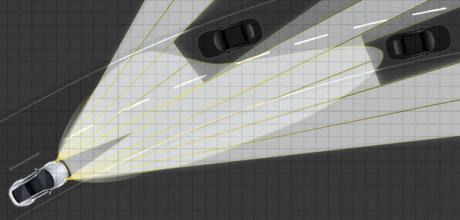Technology explained - PDLS+ DrivesToday explains how Porsche Dynamic Lighting System Plus works on modern Neunelfers

While the dynamic performance of the 911 moved on at pace over the decades, one element that didn’t evolve to the same degree was the car’s lighting. Thankfully, the yellowing, dim halogen bulbs are a thing of the past. Today we have Porsche Dynamic Lighting System Plus (PDLS+).
PDLS+ is an add-on to the lower-spec PDLS. That system works by constantly adjusting the range of the dipped beam of light depending on the car’s speed. Drive down a country road at night, and if no oncoming lights or traffic are detected then main beam is illuminated automatically. When an oncoming car appears, main beam is automatically turned off and the car returns to dipped beam. Above 80mph, the dipped beam is raised to increase the field of visibility.
On top of that, the dynamic cornering light function links the headlight beam angle to both the steering input and speed. Drive down a weaving road and the dynamic corning light turns the headlight lens within the headlight unit. This ensures the light beam points to the inside of a bend as the driver steers into it, accounting for speed, too.
At 25mph or below, or when using a turn signal, cornering lights illuminate. These assist the driver with slower manoeuvres involving tighter turns, such as at a junction or roundabout. Turn right at a junction, and the right-hand-side cornering light illuminates to broaden the light spread on that side as you begin the manoeuvre.
That’s the PDLS system. PDLS+ does all the above and then goes a little further, with high beam assist. Above 40mph, the dynamic main beam illuminates, but a forward-facing camera is able to detect both traffic ahead or oncoming vehicles. It then adjusts the light cone’s range and brightness to suit, switching between high and dipped beam. With no traffic, the high beam projects as far as it can. As traffic appears and closes in – either oncoming traffic or when following another car – the beam is lowered, eventually leaving just the dipped beam active.
All this happens automatically with PDLS+. The car automatically strives to maximise the light cone to give the driver the greatest amount of visibility at night, whether on high-speed motorways or sinuous diving roads.

